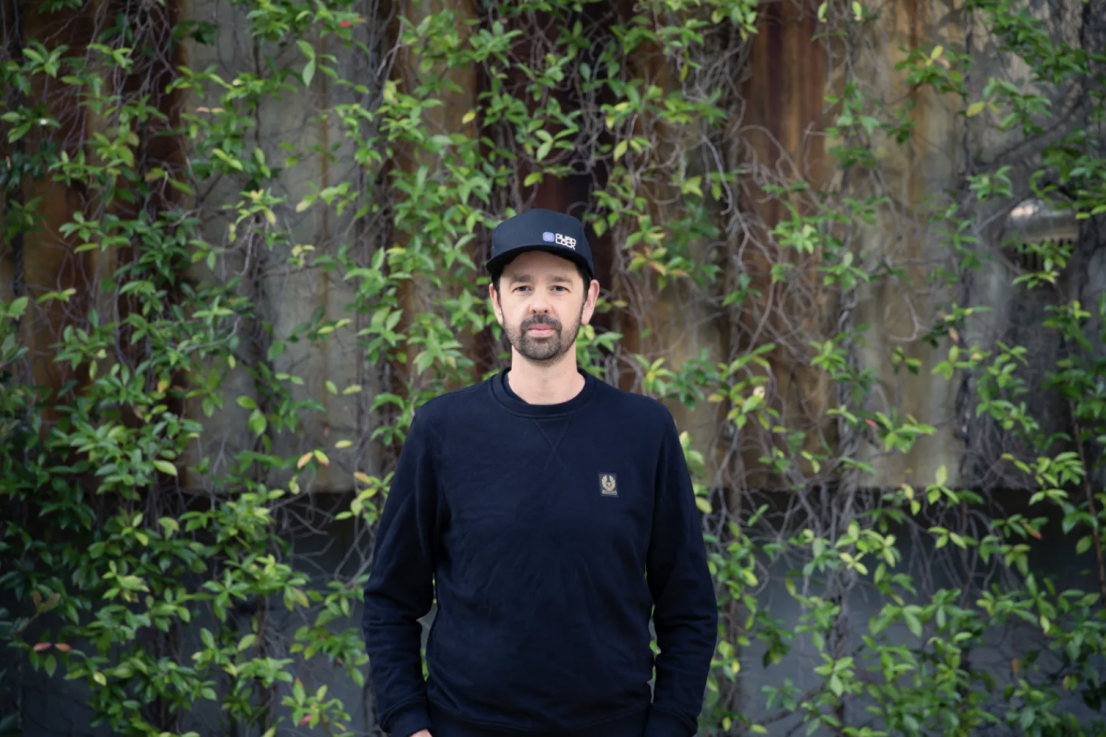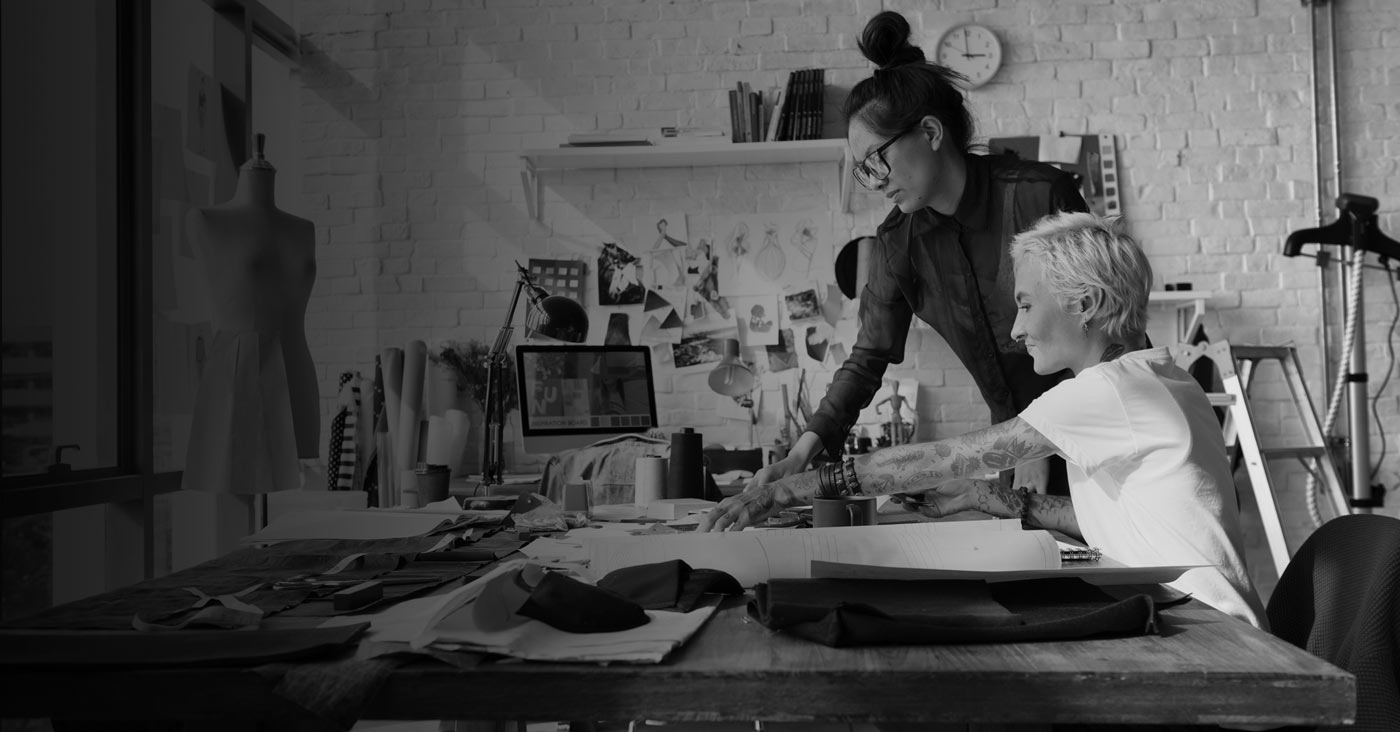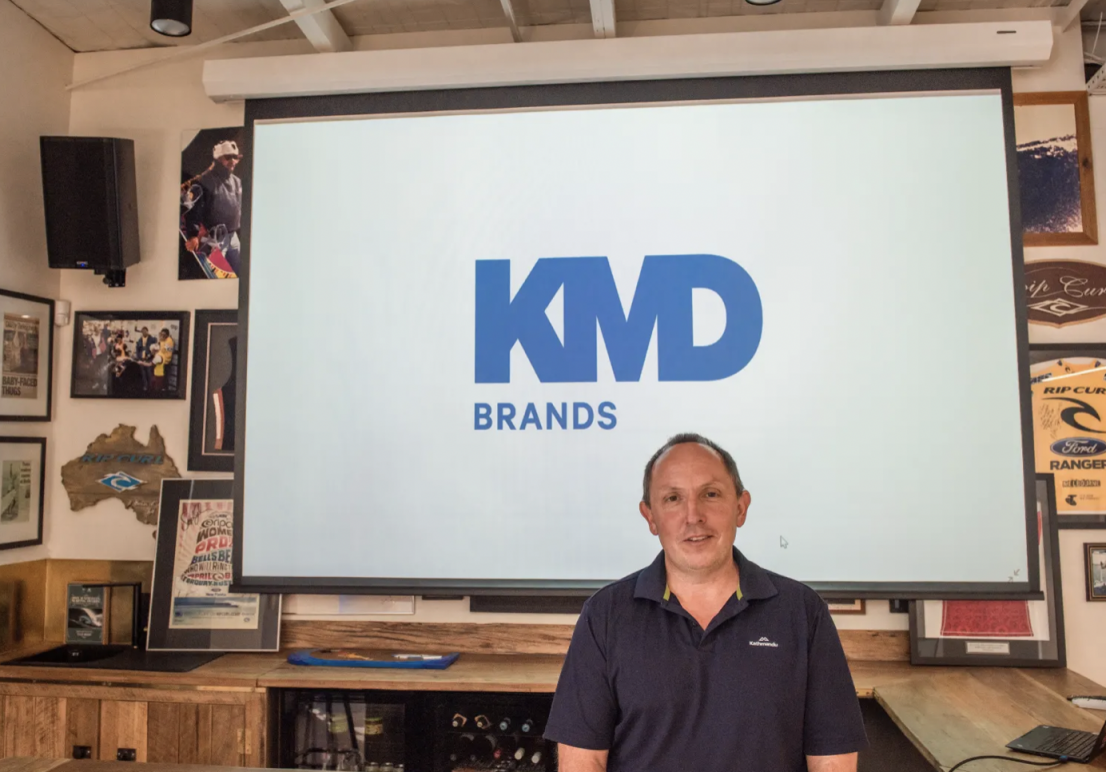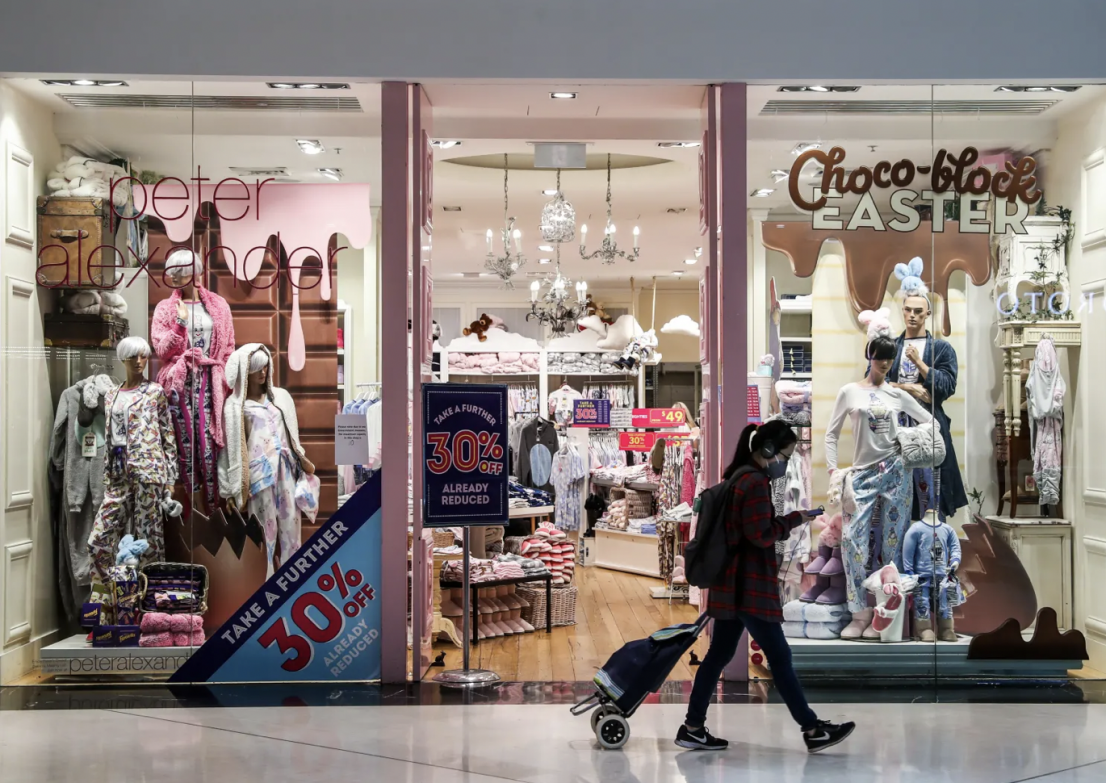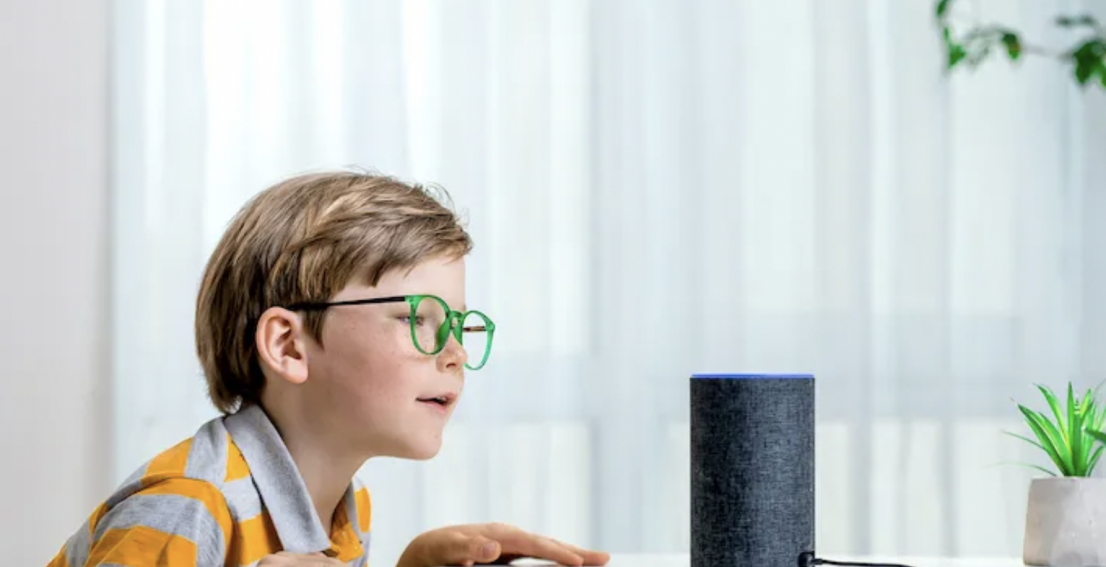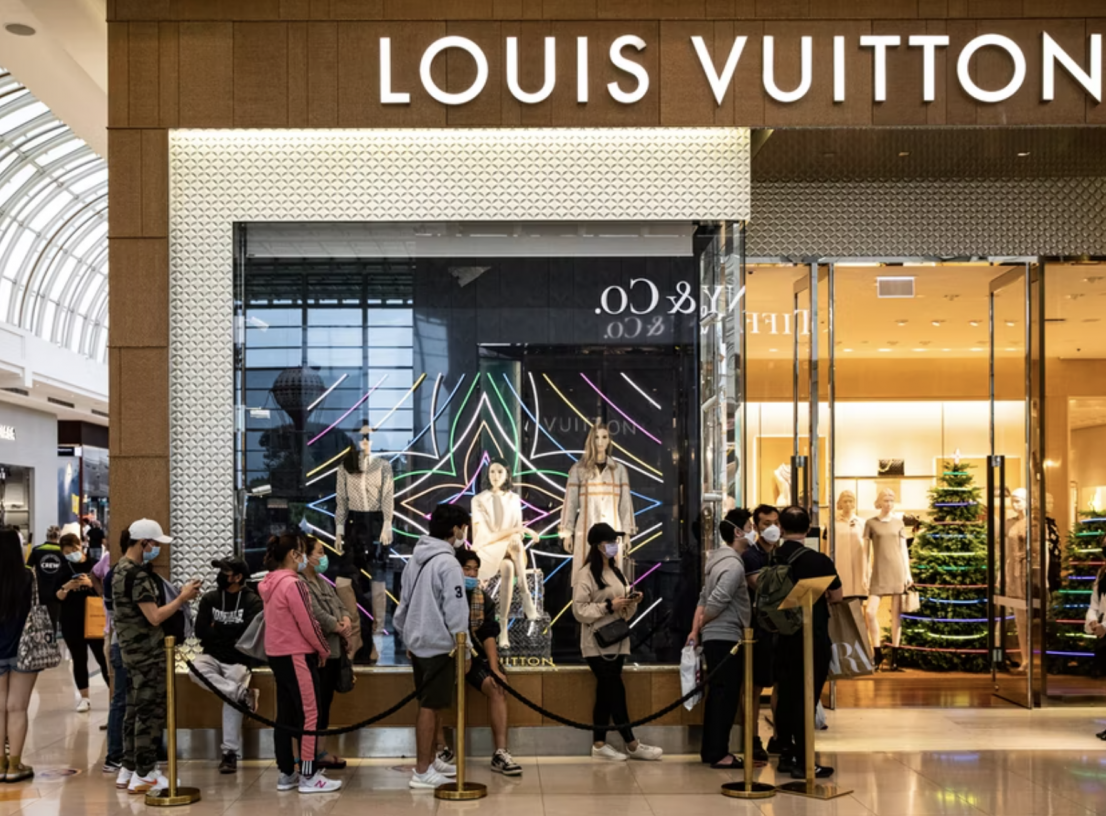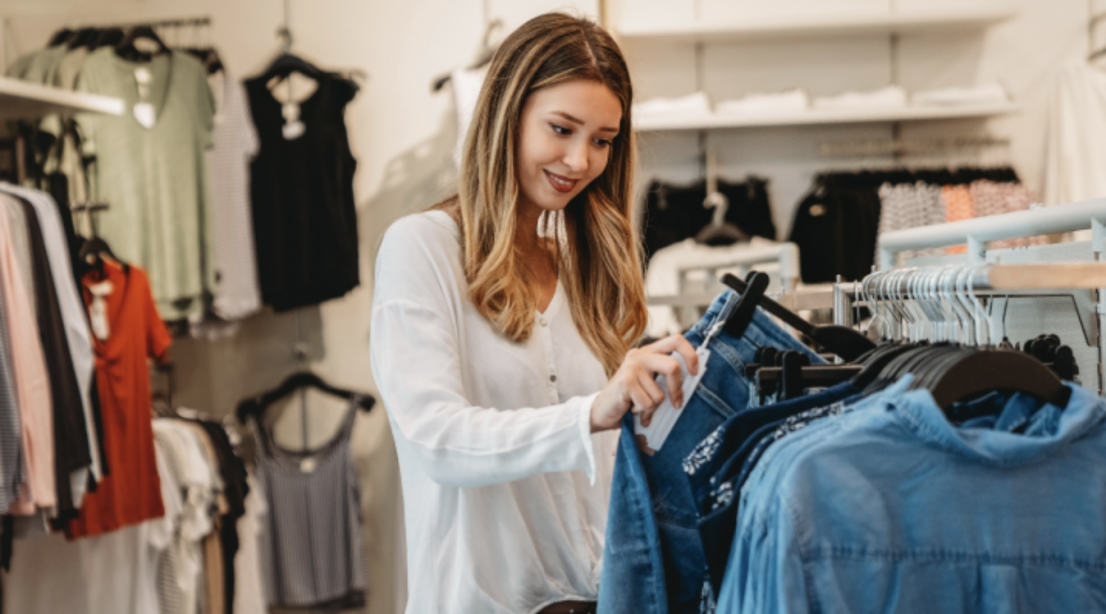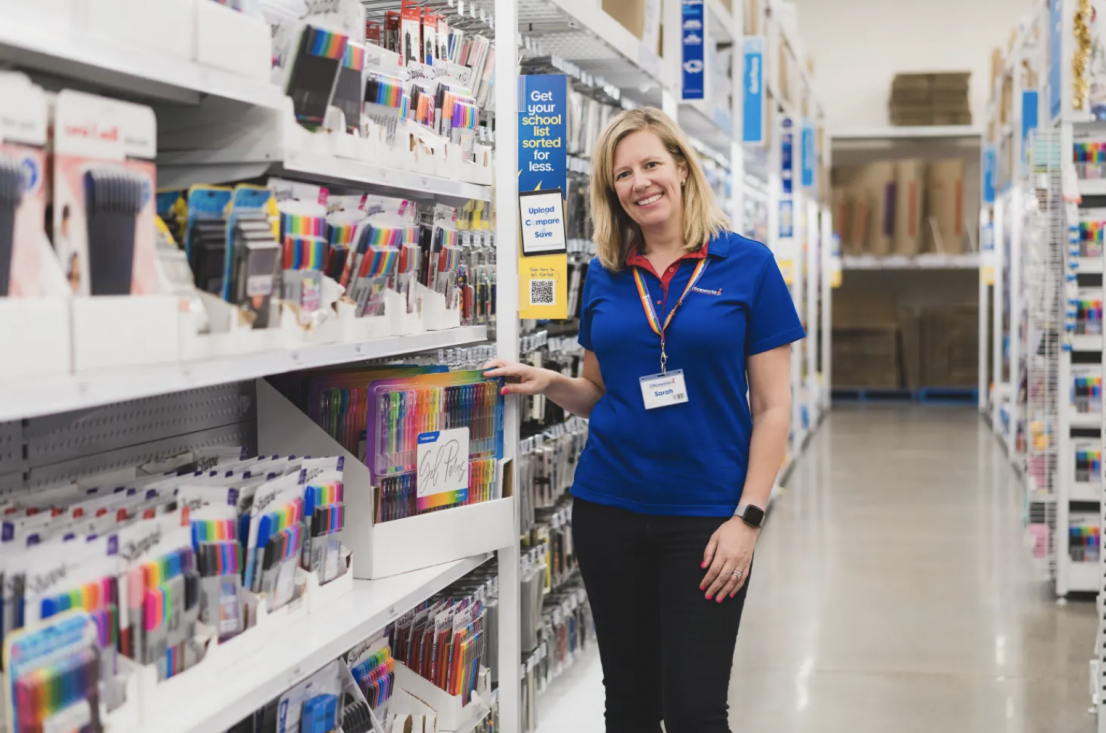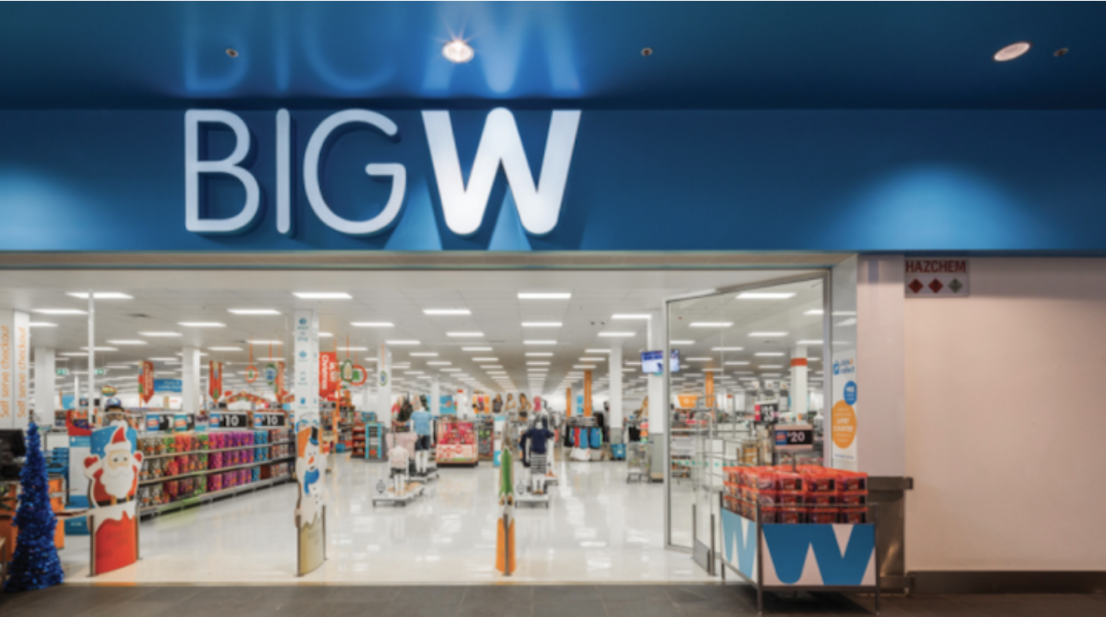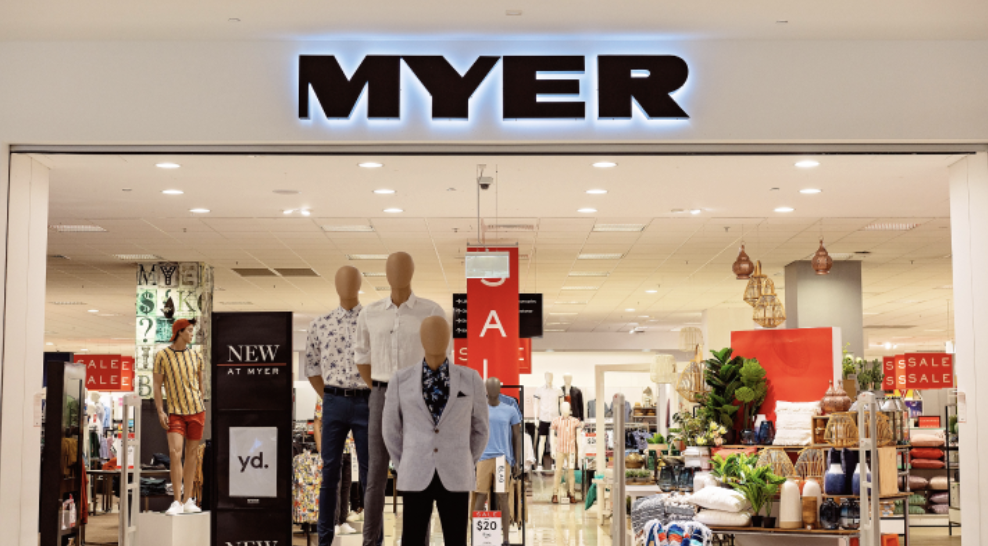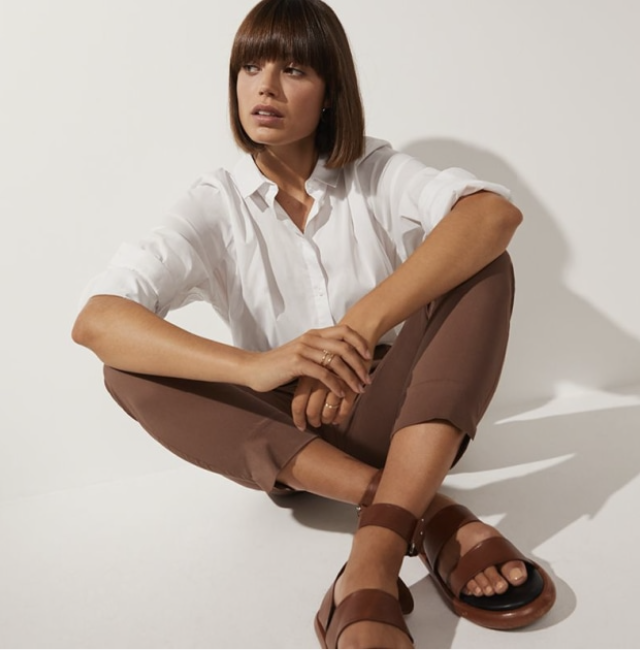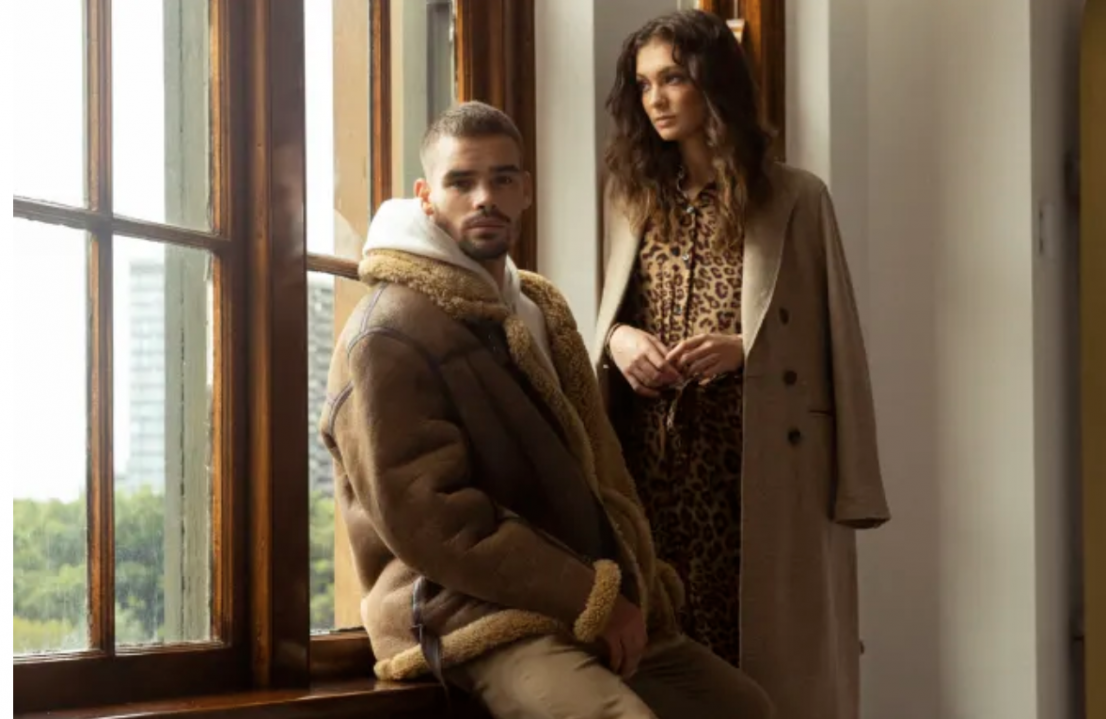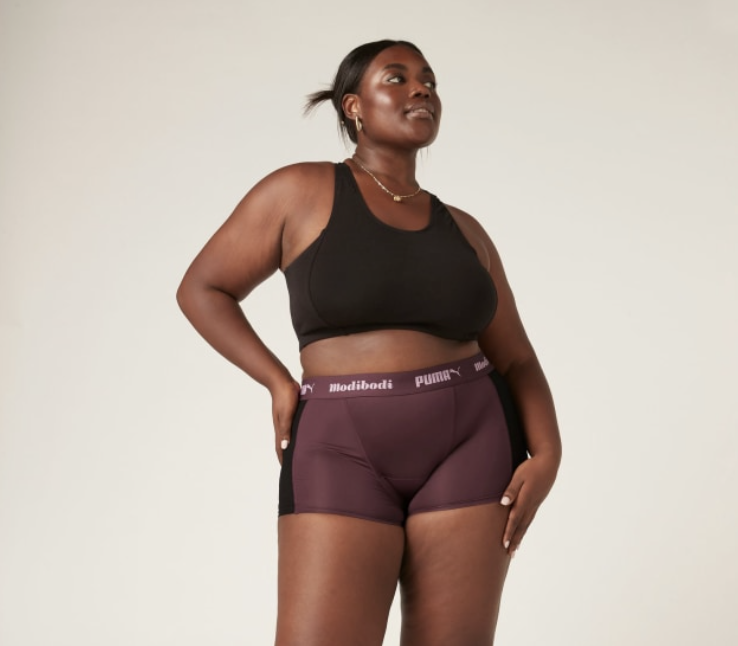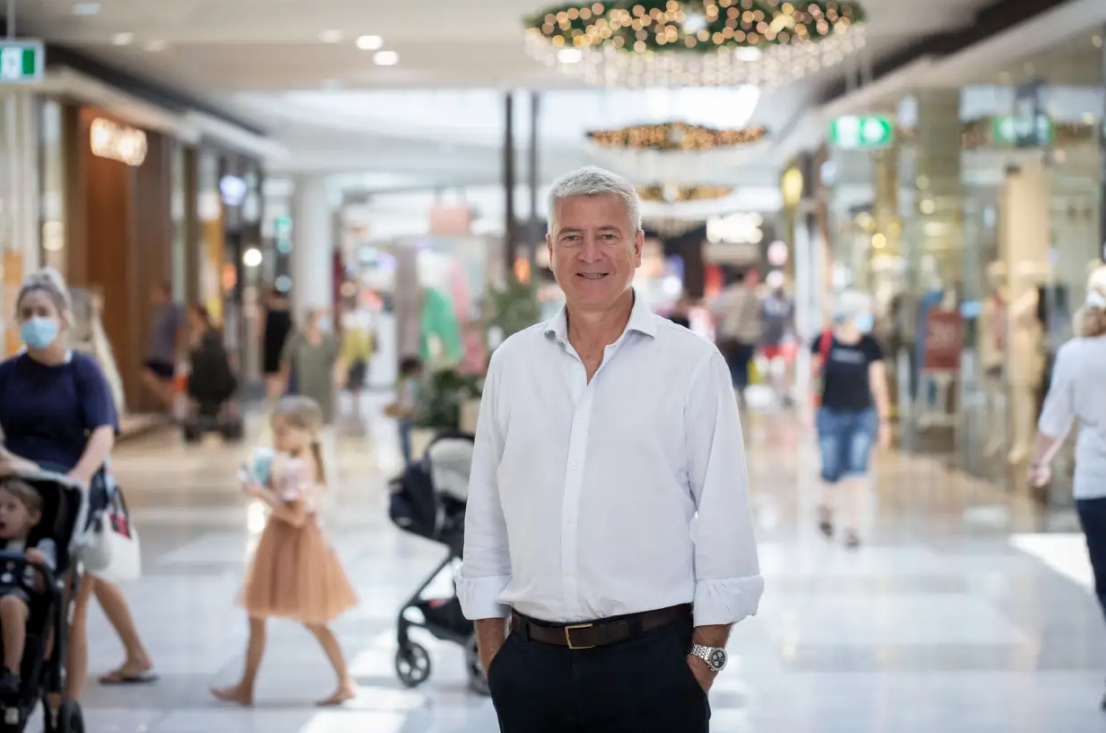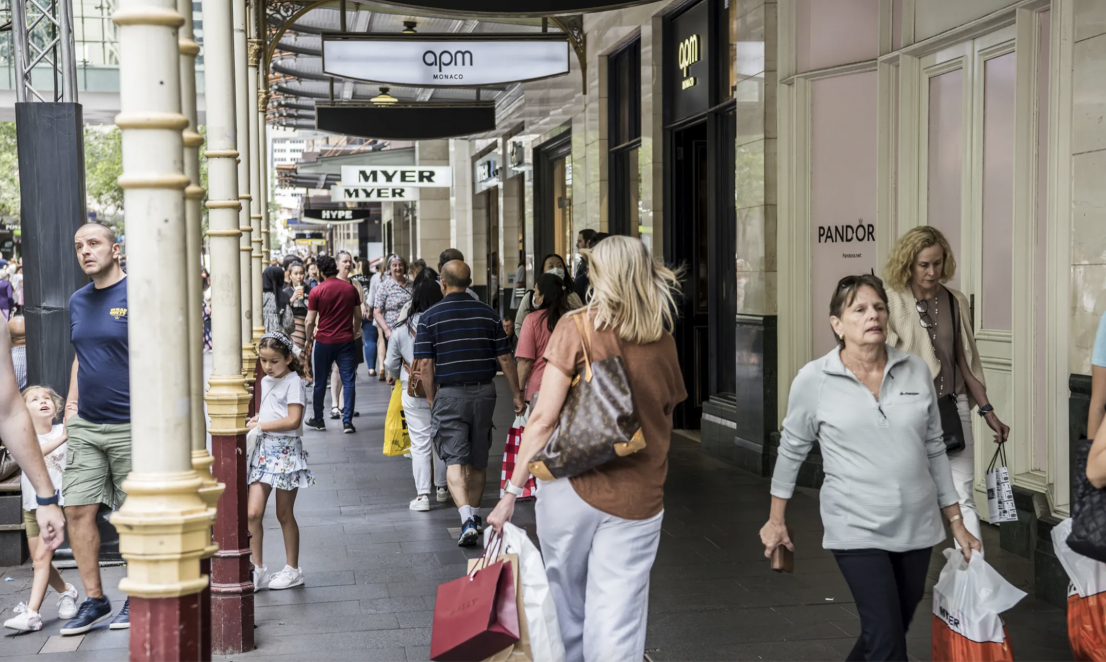
Inflation is well and truly back in the headlines. After years of bemoaning that prices weren’t increasing fast enough, the Reserve Bank of Australiais now grappling with just how soon and how hard it should act to bring inflation under control.
Headline inflation is running at 3.5 per cent and the RBA doesn’t expect it to fall back within its 2 to 3 per cent target range until the middle of next year.
With prices increasing at their fastest rate in a decade, concerns about the cost of living will feature prominently in the upcoming federal election campaign.
But what is inflation, why is it rising, and what can be done to rein it in?
What is inflation and the consumer price index?
Inflation is the rate of increase in the price of the goods and services purchased by households.
Prices generally increase over time, so inflation is usually positive. Since 1990, annual inflation has averaged close to 2.5 per cent, meaning the average cost of what households buy has increased by about 2.5 per cent each year.
While prices across the economy do fall from time to time – a situation known as deflation – these periods are usually short-lived, and generally only occur during economic downturns.
The most well-known measure of inflation is the consumer price index (CPI), which is compiled on a quarterly basis by the Australian Bureau of Statistics (ABS).
The CPI is a weighted average of the price of thousands of different goods and services commonly purchased by households, which are then grouped into 87 different categories like meals out and takeaway food, women’s clothing, and domestic holiday travel.
To estimate the CPI, the ABS aggregates prices from various sources including government agencies, schools, and retail outlets. While some prices are collected in person, the ABS has made increasing use of digital price collection methods in recent years like supermarket scanner data.
The ABS determines what weight to assign each category by reviewing data on how households spend their money. The weights are updated annually to make sure they accurately reflect shifting patterns in consumer spending.
The two largest items in the CPI are the cost of purchasing a newly-built dwelling and rents, which collectively account for about 15 per cent of the index.
The newly-built dwelling measure does not measure changes in house prices, which are not included in the CPI. Instead, it measures the price of a new dwelling excluding the value of the land component. Changes in the price of established houses are excluded from the CPI because they are considered a transfer of an existing asset.
Since reported inflation can be volatile due to large price swings in just a handful of products, economists often focus on measures of underlying inflation.
The most commonly used measure of underlying inflation is the trimmed mean, which excludes those categories of items which had the largest price increases and the largest price falls in a given quarter.
What causes prices to rise?
There is no single cause of inflation. Prices generally increase at a faster rate as the economy strengthens. As unemployment falls, firms are forced to pay higher wages, bolstering consumers’ purchasing power and increasing demand for goods and services.
Prices rise in this situation because households want to buy more than was produced at previous prices.
Because wages are an input cost for businesses, firms may also hike prices to pay for higher wages. This logic extends to changes in other input costs. For example, timber and bricks are important materials for building a new house. If the cost of these inputs were to increase, home builders may raise prices.
Changes in the Australian dollar can cause temporary fluctuations in inflation. A lower exchange rate makes imported items like clothes and furniture more expensive, leading retailers to raise prices. About one-third of items in the CPI basket are sensitive to movements in the dollar.
Sometimes prices rise because supply is constrained. Fluctuations in petrol prices are often caused by changes in the supply of oil rather than shifts in how much consumers want to buy. Similarly, natural disasters can cause widespread supply disruptions which lead to price rises, particularly for fresh food.
Government policies, especially taxes and subsidies, also influence inflation. For example, tobacco prices increased by about 14 per cent per annum between 2013 and 2020 due to the introduction of a new excise indexation regime.
Prices also rise because we expect them to. Economists refer to this as inflation expectations. Peoples’ expectations for how fast prices will rise affect wages growth negotiations and how firms set prices.
Why is inflation finally picking up?
After almost six years of low inflation, underlying price pressures started to intensify midway through 2021.
The increase in inflation has been broad-based across the CPI basket and reflects a combination of factors.
A tight labour market, spurred on by low interest rates and record amounts of government spending, has boosted household demand for goods and services.
The prices of goods have increased strongly as retailers pass through the costs associated with supply chain disruptions and higher shipping prices.
Meanwhile, the cost of building a new house – the largest component of the CPI basket – is increasing at its fastest rate in more than a decade due to a boom in construction activity and record inflation in building material prices.
Is inflation necessarily bad?
It is generally agreed that a low level of stable, positive inflation is desirable.
If inflation is too low, or negative, then households could delay non-essential purchases in expectation of further price declines. Why buy a new television today if you expect it to be cheaper next month?
This would in turn lead to lower spending, which would cause businesses to lower wages or headcount.
What about high inflation?
But while a small amount of inflation is good for the economy, rapidly rising prices can be damaging.
High inflation erodes a worker’s purchasing power over time if prices are increasing faster than their wages.
Rapidly rising prices also alter decision-making. Households and businesses may bring purchases forward if they expect prices to be higher in the future. Businesses may also need to change their prices more regularly.
High inflation can lead to a wage-price spiral, where workers demand higher wages to cope with an increase in prices, which in turn leads to further price increases as firms try to recoup costs.
What can the federal government do about inflation?
While politicians often talk about cost of living pressures, the federal government has limited scope to directly influence how fast prices are rising.
Just one-fifth of the items in the CPI basket by weight are considered “administered prices”, which are goods or services like health, education and utilities for which the government plays a dominant role in price setting.
In many cases, state governments rather than the federal government are the relevant price-setters for these items.
The federal government can indirectly influence inflation through how much money it spends and how much money it collects in taxes, since these decisions impact the economy more broadly.
Why does the RBA target 2-3 pc inflation?
The RBA adjusts interest rates to achieve a medium-term average inflation rate of between 2 and 3 per cent, under a monetary policy framework it calls flexible inflation targeting.
The RBA was one of the first advanced economy central banks to adopt inflation targeting.
When inflation is too low, the central bank lowers interest rates to encourage consumers and businesses to spend money, pushing inflation higher. Interest rate cuts also cause the Australian dollar to fall, which makes imports more expensive and puts additional upward pressure on inflation.
When inflation is too high, the RBA raises interest rates to cool the economy.
Then governor Bernie Fraser announced the 2 to 3 per cent target in 1993, and it was formally endorsed by the federal government in 1996.
While inflation is currently above the RBA’s target band, the bank has held off raising rates over a concern price pressures could be short-lived. This is because one of the drivers of higher prices has been supply disruptions, which are expected to be temporary.
The bank has also said it wants to see evidence that wages are growing fast enough to keep inflation sustainably within its target range. Wages growth remains weak, though the bank expects it to pick up over the coming year.
Before inflation targeting, the RBA tried alternate monetary frameworks, which failed to deliver stable prices or acceptable macroeconomic outcomes, and throughout most of the 1970s and 1980s, inflation was higher in Australia than in the rest of the developed world.
The central bank’s former deputy governor, Guy Debelle, said in 2018 the 2 to 3 per cent range balanced the trade-offs between inflation being too high and inflation being too low.
“We know that some number higher than a 2 to 3 per cent rate of inflation will materially enter decision-making, because we have had plenty of experience of higher rates of inflation that demonstrates that. How much higher though, we don’t really exactly know,” he said.
Not all prices will grow within the 2 to 3 per cent range. Some goods will become more expensive relative to other goods over time due to structural changes in demand and productivity. These relative price shifts provide a signal to the economy about how to allocate resources efficiently.
What you need to know about inflation right now
- Expect the price of milk, yoghurt and other dairy items to spike, cheesemaker Bega warns, as local manufacturers face the worst labour and material shortages since the 1970s.
- Logistics companies are hitting customers with fuel surcharges of around 20 per cent after the national price of diesel soared to more than $2 per litre.
- In the rental market, tenants are being forced to compete from a smaller pool of properties and as a result rents are expected to surge by 15 per cent this year, which will also stoke inflation.
- Frustrated workers will no longer accept pay rises of 3 or 3.5 per cent a year, unions say, as consumer price inflation heads towards 5 per cent.
